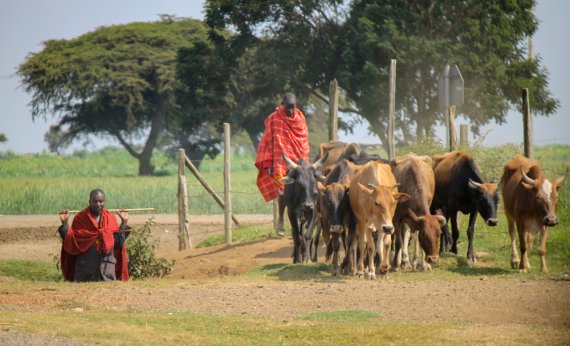The majority of Kenya’s farmers herd cattle and cultivate crops. This mixed crop-livestock system is not very productive. Development organisations have been trying to find ways to increase the productivity of these farmers for years, so that they may supply more dairy products for the urban population. Salome Migose interviewed farmers near the Kenyan city of Nakuru, as well as farmers in rural areas because, she suspected that urban farmers and rural farmers were facing different challenges. This appeared to be the case.
Feed
The farmers near urban areas have plenty of sales channels for their milk and are paid a high price for their produce. But grassland is scarce, resulting in a shortage of feed and young cattle. As a result, the milk production per head of cattle and farm is low. In the rural areas, however, where there is sufficient supply of grassland and feed, the price of milk is lower, and the quality of the feed leaves much to be desired. This too results in a lower milk production per cow and farm.
Migose studied which urban and rural farmers were doing well. She discovered that farmers with a large herd have a higher yield per cow, resulting in a higher income. These farmers invest in better feed and management and are able to earn back their investment in the dairy market. Further research showed that the feed quality was the main stumbling block preventing Kenyan farmers from increasing their milk production and income.
Better price
The cattle farmers could increase their production by cultivating lucerne and feeding this to their cattle. But also by buying concentrated protein-rich feed from suppliers. This could generate an increase in production of between 32 and 88 per cent, according to feed studies. According to Migose, the farmers located between 20 and 50 kilometres from urban areas are most likely to benefit from a better feed. At this distance, higher quality feed is readily available, while they can still benefit from the higher milk prices.
Salome Migose gained her doctoral degree under the supervision of Imke de Boer, professor of Animal Production Systems on 10 March.

 Photo: Shutterstock
Photo: Shutterstock